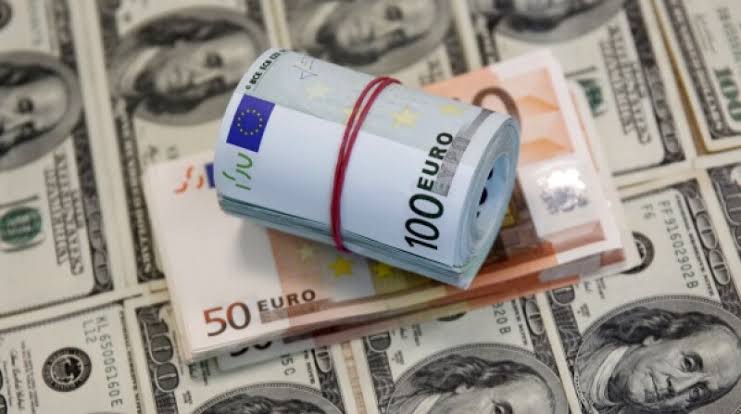Oct 28, 2022
VOT Research Desk
With investors evaluating the European Central Bank’s (ECB) monetary policy actions and communications, the EUR/USD reversed course and fell below the crucial parity level.
Technical indicators hint to a negative bias and the ECB’s officials’ erratic remarks do little to nothing to support the shared currency’s ability to resist the dollar.
After its policy meeting in October, the ECB increased its benchmark interest rates by the anticipated 75 basis points (bps). ECB President Christine Lagarde did not discuss a prospective quantitative tightening step in any depth at the press conference.
Despite pointing out that they had more to do with policy normalization, Lagarde refrained from committing to a precise size of a rate hike in December and said that making assumptions wasn’t useful. After the ECB event, Reuters reported, citing people with knowledge of the situation that three members of the Governing Council had voted in favor of raising interest rates by 50 basis points at this particular meeting, demonstrating the policymakers’ divergent viewpoints.
Francois Villeroy de Galhau, governor of the Bank of France, stated on Friday that there is no obligation to raise interest rates by 75 basis points in December. A member of the ECB Governing Council expressed his hawkishness by stating that the next rate increase “has to be big.”
The figures from Germany, meantime, revealed that the third-quarter GDP grew at an annual pace of 1.2%, exceeding the market expectation of 0.8% growth. However, the uncertainty surrounding the ECB’s rate outlook prevented the euro from taking advantage.
EUR/USD Technical Analysis
Initial support is provided by the Fibonacci 50% retracement of the one-week upswing at 0.9920, which is followed by psychological support at 0.9900 (50-period SMA on the four-hour chart) and Fibonacci 61.8% retracement at 0.9850.
The Fibonacci 23.6% retracement and the 20-period SMA strengthen resistance at 1.0000 on the upswing.
If the EUR/USD takes back that level and establishes it as support, it may once more aim for 1.0100 and the static level, which was formerly resistance, at 1.0050.
The pair finished the most recent four-hour candle below the 20-period SMA, and the Relative Strength Index (RSI) indicator is currently just below 50, indicating a bearish bias in the short-term outlook.









